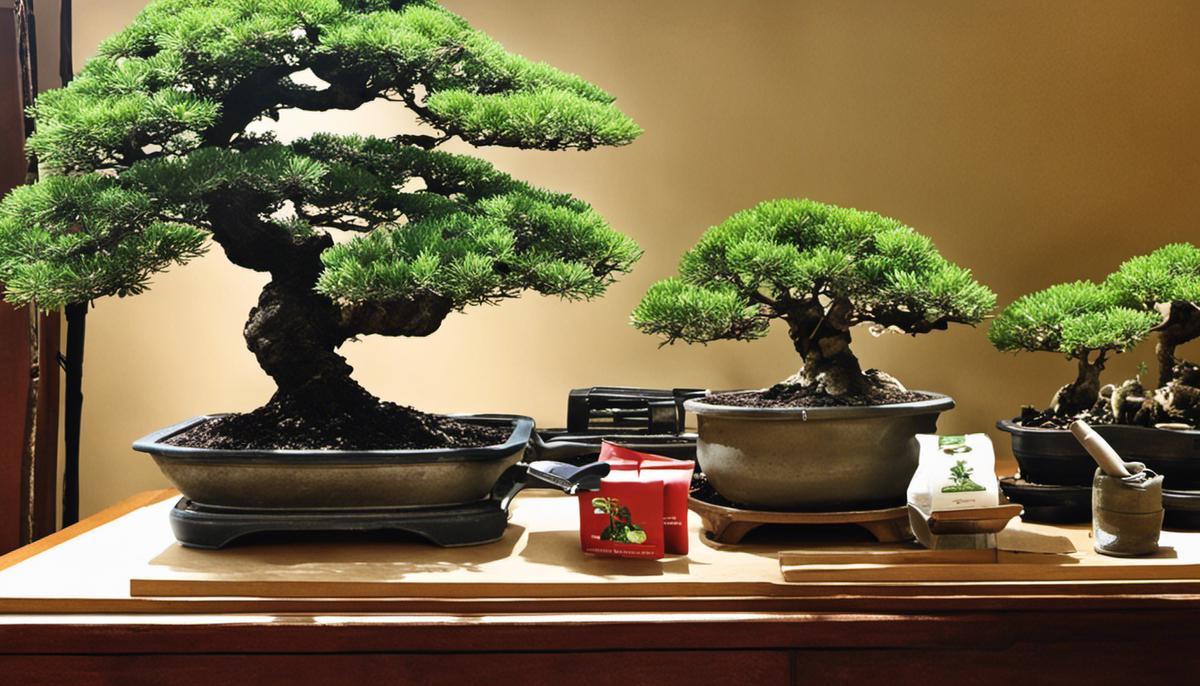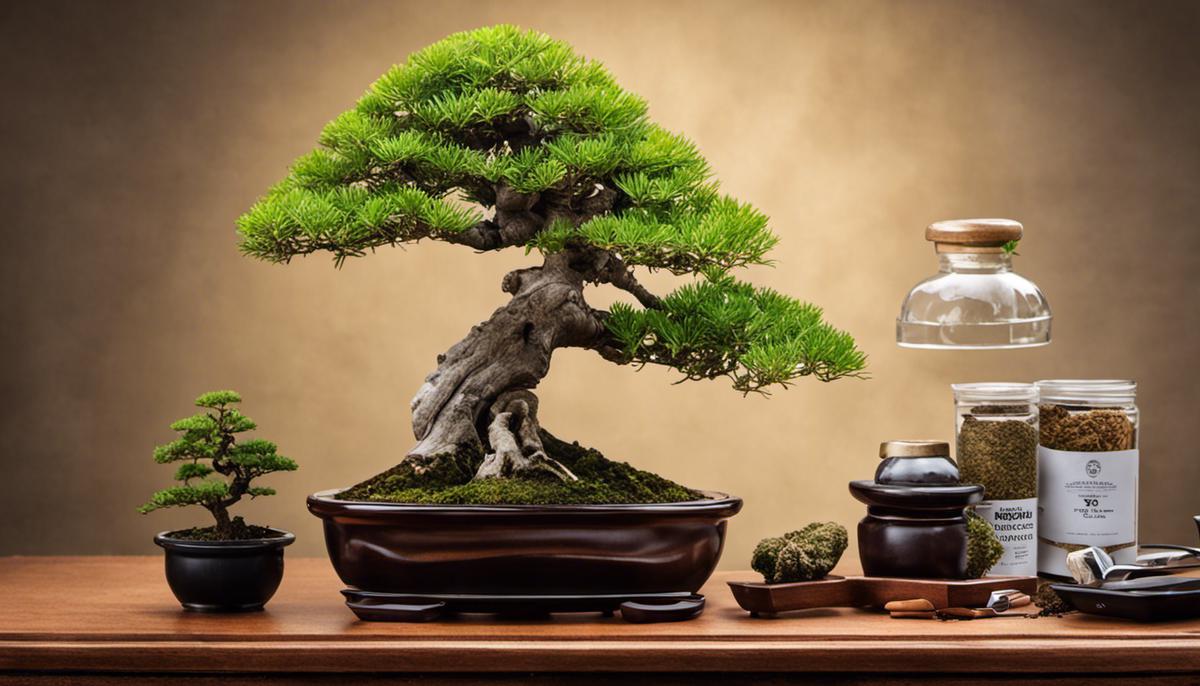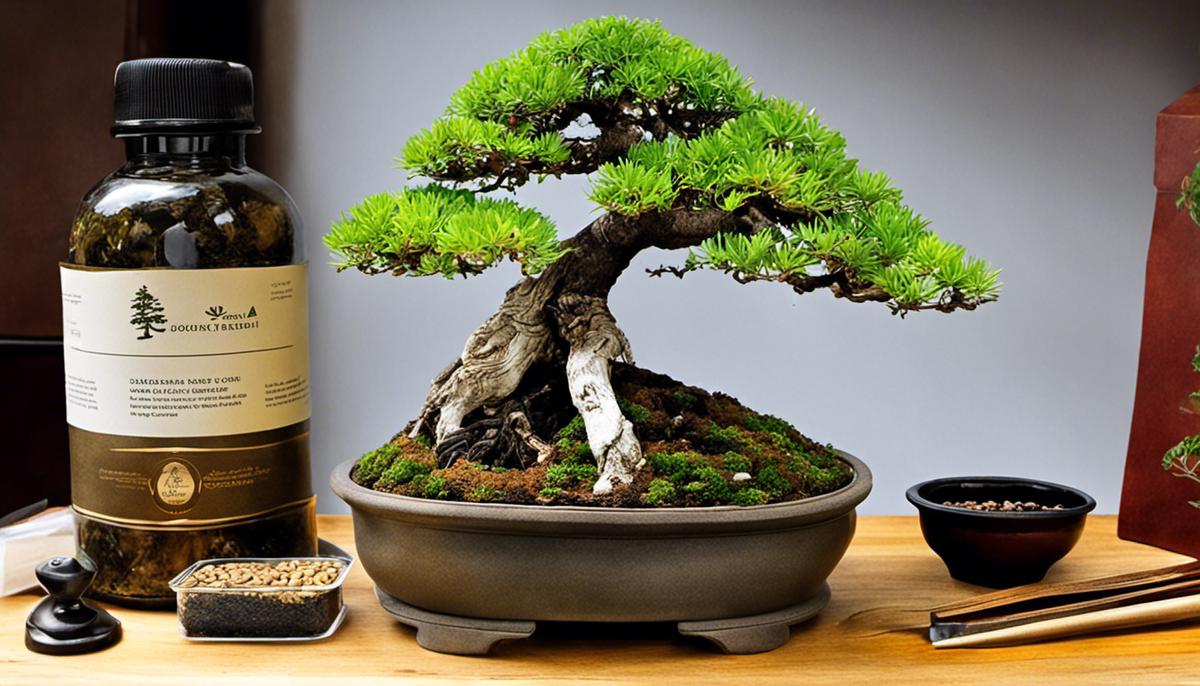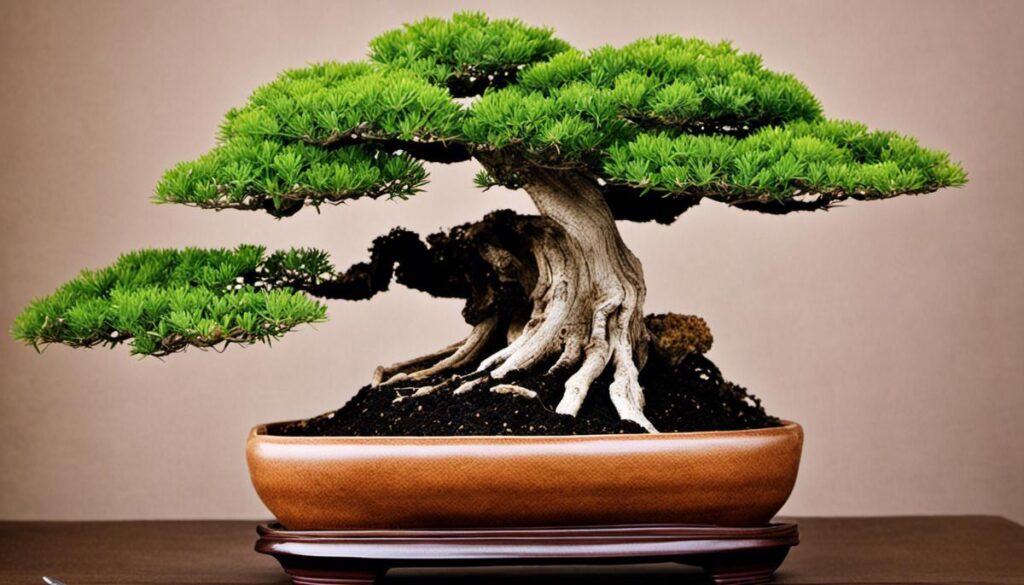There is a deep, enriching satisfaction to be found in connecting with nature and nurturing a form of life to thrive under your care. The ancient practice of growing bonsai trees is a powerful way to experience such harmony and peace. However, for the uninitiated, it can seem a daunting task requiring years of accumulated wisdom.
It is here that bonsai starter kits truly shine. Their purpose? To demystify the process and guide expectant bonsai caretakers step by step into successfully introducing a miniaturized tree into their home or garden. This discussion delves into understanding the components and role of bonsai starter kits, how to select the best-suited kit while considering elements such as type and aesthetics, and finally, revealing a detailed guide to successfully cultivate a bonsai tree using a starter kit.
Understanding Bonsai Starter Kits
Bonsai starter kits provide beginners with everything they need to start their bonsai journey. These kits typically contain an assortment of essential elements (seeds, soil, and container), making it easier for new enthusiasts to begin crafting their miniaturized trees.
The Bonsai Tree Seeds
The primary component of a bonsai starter kit are the seeds for the bonsai tree itself. The choice of tree to grow significantly affects the experience as different species require different care levels. Some popular trees included in these kits are Juniper, Black Pine, and Japanese Maple. For those who prefer a more hands-on approach and wish to grow the tree from scratch, bonsai seeds can also come with the kit.
The Pot
Another essential included in a bonsai starter kit is a pot. Often, pots in these kits are shallow and wide, which follows the traditional Japanese style and allows for efficient drainage and root spread. They are also usually made from durable materials such as ceramic, clay, or plastic.
Bonsai Soil
The kit also includes a special blend of bonsai soil. Composed of organic and inorganic elements, it’s designed to provide the optimal balance of water retention and drainage required for your bonsai tree’s growth. Bear in mind that different types of bonsai trees may require slightly different soil types.
Tools for Maintenance
Many bonsai starter kits will also provide useful tools such as scissors or pruning shears. These tools help maintain the miniature size of the bonsai by allowing precise cuts and controlled shaping of the tree. Some kits may also include a pair of tweezers for more delicate work. Bonsai wire is another common component of these kits. This is an essential item for shaping the tree and controlling its direction of growth, helping you achieve your desired bonsai design. Copper or aluminum wires are often used due to their malleability and strength.
Instructional Booklet
To guide beginners on their bonsai journey, an instructional booklet is also typically included in these kits. It provides step-by-step instructions on how to care for the bonsai, from planting the tree or seeds to pruning the leaves and branches. It includes tips for watering, fertilizing, and repotting, as well as information about common diseases and pests.
Additional Tools for Maintenance
Lastly, to facilitate overall maintenance, some bonsai starter kits may provide additional tools like a watering can, drainage mesh, or a misting bottle. Handling gloves might also be a part of the kit to protect your hands while working with the soil and plant.
Conclusion
A bonsai starter kit is meticulously curated to give you all the necessary tools and knowledge to cultivate and care for your very own bonsai tree. Understanding the purpose and role of each included item can significantly enhance your success in raising a thriving, beautiful bonsai.

Choosing the Right Bonsai Starter Kit

Picking the Right Bonsai Tree
Your bonsai journey starts with selecting the right type of tree, a decision that plays a pivotal role in how successful you’ll be. Bonsai trees come in numerous varieties, with some being more suitable for beginners and others demanding more advanced skills and care. Among the beginner-friendly trees, Juniper, Ficus, and Jade stand out due to their resilience and adaptability to bonsai techniques. Be sure to consider the growing conditions you’re able to provide. If you’re planning an indoor setup, Ficus and Jade thrive in such environments, while Juniper is more suited for outdoor conditions.
Understanding the Size and Quality of the Bonsai Starter Kit
Before purchasing, it’s important to verify the size and quality of the bonsai starter kit. The size of the bonsai tree should ideally match the size of the final pot or container that will accommodate it. Small trees are often preferable for beginners due to their manageability. In terms of quality, seek kits that include a vibrant and healthy tree, well-drained soil, and a suitable container. Confirm whether essential tools, such as pruners and wire for shaping, are included for a complete package.
Evaluating the Aesthetics of the Pot
A bonsai pot is about more than just functionality; it also plays a crucial role in your tree’s overall aesthetics. Select a pot that complements the style and size of your bonsai. Traditional bonsai pots have drainage holes and built-in wires to hold the tree. For beginners, round or oval pots are often recommended as they match with most bonsai styles. Material-wise, ceramics and clay are popular for their breathability.
Importance of Comprehensive Guide
A quality bonsai starter kit comes with a comprehensive guide to assist beginners. This can cover everything from basic care instructions to more complex pruning and shaping techniques. Manuals should make it clear what your tree’s specific sunlight, watering, and temperature requirements are. These detailed instructions provide a solid foundation for understanding and mastering bonsai care.
Comparing Popular Bonsai Starter Kit Brands
Popular brands often offer a variety of bonsai starter kits catering to different levels of expertise and preferences. Planters’ Choice Bonsai Starter Kit is beginner-friendly and comprehensive, but doesn’t include a live tree. On the other hand, the Brussel’s Bonsai Live Green Mound Juniper Outdoor Bonsai Tree starter kit comes with a live Juniper, although this kit is more catered for those with a bit more knowledge. The TinyRoots Bonsai Tree Starter Kit is known for its quality and includes tools, wire, soil, a pot, and a Juniper tree, making it suitable for beginners and more practiced growers.
An Informative Guide Before Making a Purchase
Before you decide on a specific bonsai starter kit, ensure it caters to all your particular needs such as your preferred tree type, ideal size, pot design, and the depth of guide details. Adopt a meticulous approach in inspecting your potential purchase – the health of the plant is of utmost importance. In addition, thoroughly examining product descriptions, and customer reviews can serve as invaluable sources of information as well. When it comes to investing in bonsai, prioritize excellence over savings. This way, you’re establishing a solid foundation in your bonsai-cultivating journey.

Steps to Successfully Cultivate Your Bonsai With a Starter Kit

Deciphering the Contents of Your Bonsai Starter Kit
A typical bonsai starter kit delivers a bundle of key supplies, which includes at least a pot, soil, seeds or a young tree, along with detailed instructions. Extra tools like pruners and bonsai wiring might be provided in some kits for tree shaping purposes. The importance of understanding the guidelines cannot be overstated, as they provide specific handling instructions for your particular tree type. Apart from that, make sure that your kit is complete and the tree or seeds are in optimal condition.
Planting the Tree
The first step in the cultivation process is planting your tree or seeds. For pre-grown trees, gently remove the tree from its transportation container, ensuring you do not cause any damage to the roots. Once removed, place the tree in the pot included in your kit. If your kit contains seeds, you’ll need to plant them according to the instructions from a certain depth. Ensure the pot has sufficient drainage to prevent water logging.
Soil and Watering Conditions
Good soil is essential for your tree’s survival, promoting root development and nutrient absorption. Your bonsai starter kit should include specific soil suitable for your bonsai variety. As for watering, it’s a balancing act. Both excessive watering and insufficient watering can harm the bonsai. Check the soil regularly: if the top layer of the soil appears dry, it’s time to water lightly.
Pruning and Wiring Your Bonsai
Pruning is crucial to the aesthetic maintenance of your bonsai. Regular pruning helps train the tree to its miniature form and maintains its shape. Prune your bonsai according to the species-specific guidelines in your kit. Wiring is also part of this process, used to bend and shape the branches and trunk of your tree. It is a delicate undertaking as incorrect wiring can damage the tree.
Light and Temperature Requirements
Bonsai trees like to be in a sunny spot but not under direct sunlight all day. Each tree has its own light and temperature requirements, so refer to the instructions to provide the right conditions. Most bonsai are not suited to drastic temperature changes, so keep your tree somewhere with relatively stable temperatures.
Common Pitfalls and Tips for Success
Those new to bonsai cultivation often make errors such as over-watering, placing the tree in unsuitable conditions, or not providing proper nutrients. Be aware of these common pitfalls so as to avoid them. A wire brush can help clean the bark of your bonsai and make it appear healthier, while regular misting can keep your bonsai’s leaves fresh. Also, regular check-ups for any signs of disease or insects are necessary to ensure the health of your bonsai.
Bonsai tree cultivation can be a challenging but rewarding hobby. Although starting with a bonsai starter kit simplifies the process, overall success still relies on continuous care, patience, and adaptability. Just remember, every bonsai tree is unique, having its own requirements but with the right effort and attention, it will furnish you with a living work of art.

Ultimately, cultivating a bonsai tree is not just about sculpting a beautiful piece of nature’s art but also about embracing patience, elevation in understanding, and appreciation of nature’s resilient beauty. These all begin with a single yet significant step, choosing and using a bonsai starter kit. By understanding its components, making a wise and informed choice of the kit, and following necessary steps with a dash of patience, you can foster a vibrant bonsai that will provide years of tranquil enjoyment. Remember, every great bonsai begins as a seed that is carefully nurtured to life, much like your burgeoning journey into the intricate art of bonsai maintenance.
